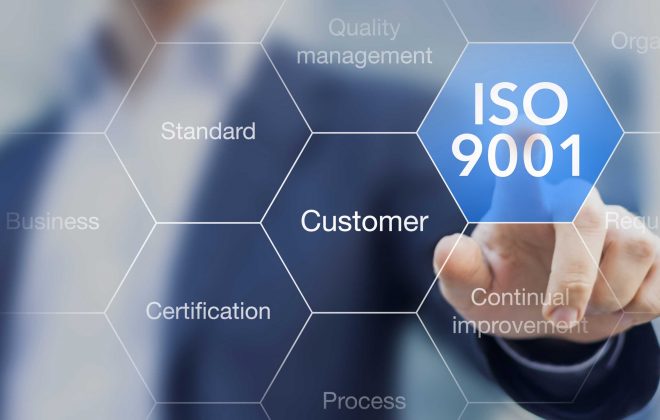How ISO Started
-Way back when
-In the beginning
Initially pioneered in 1926, and reestablished again in 1947 as it still operates today, ISO is made up of 162 members, each representing one of the 162 countries the organisation is active in.
Derived from the greek word ‘isos’, meaning ‘equal’, ISO promotes a shared vision for setting worldwide proprietary, industrial and commercial standards and practices, providing common standards between nations to facilitate world trade.
When you consider how far our ability has come to instantly connect to almost anywhere in the world, the importance of ISO accreditation for both consumers and providers has never been more relevant than it is today.
There are over twenty-two thousand standards that aid in the creation of products and services that are safe, reliable and of good quality – not to mention aid in our day-to-day activities.
ISO standards really do affect everyone, everywhere. It’s surprising how many items we use in our daily lives, and how many seemingly insignificant things that would vastly impact us if they hadn’t been standardised worldwide.
For example:
- Paper sizes: having standard paper sizes (ie, A4, A5, A3, A2) ensure printer, photocopiers and office supplies manufacturers products will work with standard paper formats.
- Freight containers: More goods can travel the world smoothly by air, sea and land boosting the global economy, thanks to specifically defined container dimensions.
- Credit cards: Credit/debit cards can be used anywhere because they meet standards that specify dimensions, technology and communication protocols to work with dispensers and payment systems.
- Country codes & currencies: The world sees eye to eye by using standardised codes for countries and different currencies.
Tags In
Do you have any questions?
If you have any questions, or simply want to get your business on the path to quality systems success, give us a call, or send us a message today. We look forward to hearing from you.
(02) 6345 1109
info@isoservices.com.au
Central West NSW, Australia



